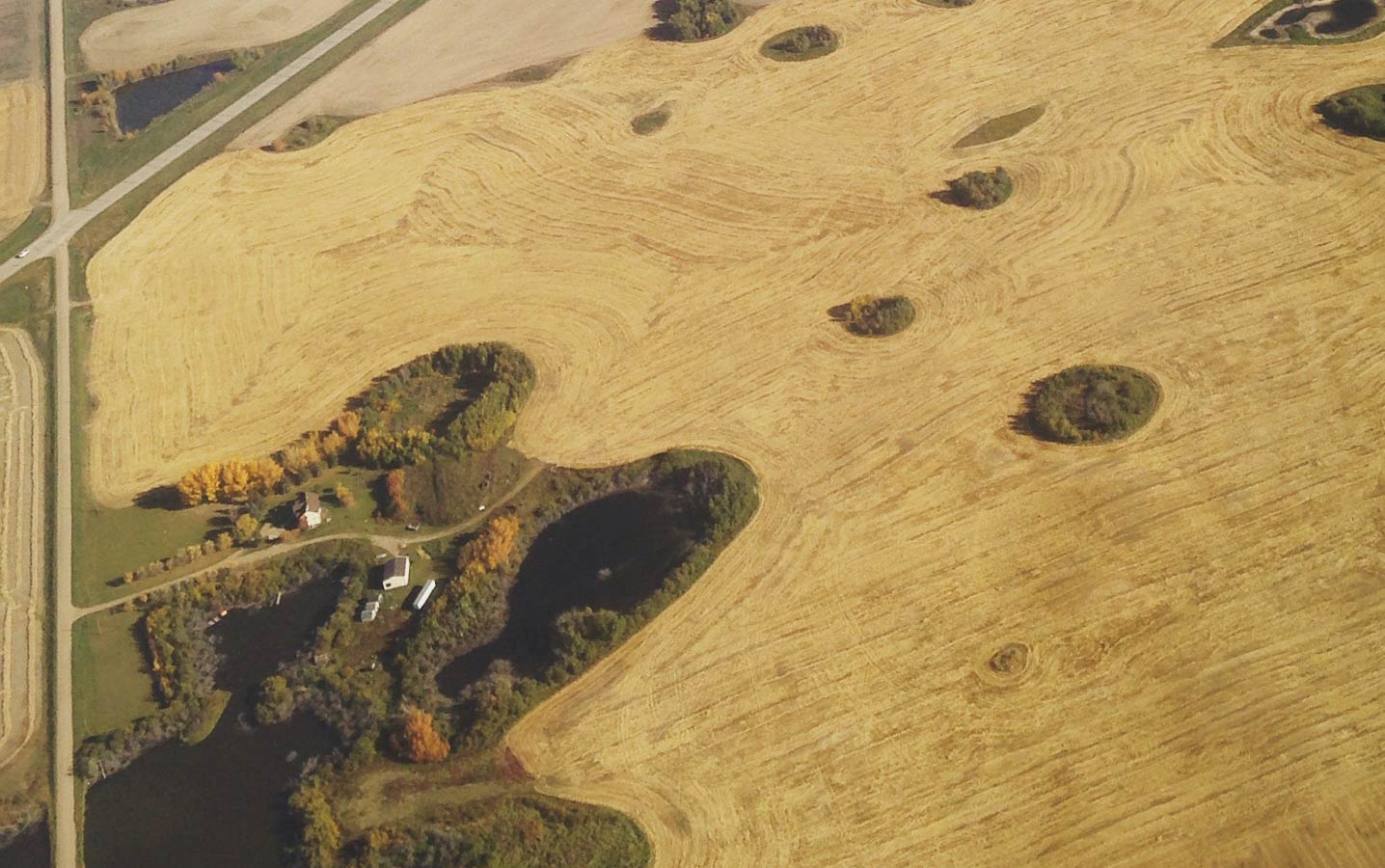On Caring
It dawned on me recently that I had a warped view of “connection to the land”. I thought most people would feel a strong family connection to their farm. But really, most land a farmer owns or rents these days does not have a strong connection to family history. And lots of farm families are relatively new to Canada or to a district. So very little land actually carries that “land of my forefathers” baggage.
When a farmer doesn’t have a strong connection to the neighbours or doesn’t think of land 10 miles from home as home, it becomes easier to care less for neighbouring fields or shelter belts or wetlands or wildlife. That land is business land, not home land.
Posed as a question, do farmers pay more attention to their “social license to farm” when they have a stronger historical or proximal connection to the land? In my own mind, I would answer “yes” for the same reason I tend to care more about (ethically wrongly probably) Canada and Canadians than what happens half way around the world.
The thing is, as farms get bigger and more spread out, care for the land remains as important as ever. Probably more-so because customers are paying more attention. Even with the customer removed (a dangerous business exercise), it still makes sense for economic and social sustainability to maintain soil health, provide a habitat for pollinators and beneficial insects and to follow
regionally-agreed water management practices. So how do we make sure every acre gets the same care and every neighbour is given the same respect?
Make it part of the farm’s vision statement. Gather the partners and write it down. Put up a plaque in the office and put stickers in every cab.
A few young farmers I interviewed for this issue’s panel were inspired by Bob Treadway, who spoke at recent canola leadership conferences. Treadway, a futurist, asked attendees to imagine where they want to be in 10 or 20 years. He encouraged people to consider “seemingly unattainable long-term goals” – triple the profits for the same land base, farm three times more land with the same hours worked, be the first farmer on Mars – then work back year by year to the present, organizing the second-last step, the third-last step, and so on, to reach that goal. As Alberta farmer Ingrid Badry says, “the first step is often the hardest to figure out.”
In setting farm goals, I would include rules to maintain or enhance soil health, engage constructively with new neighbours, and manage water and habitat. Follow these rules for current and added land. If homework suggests certain parcels of land present more challenges than normal, then don’t take on that land or be the farmer who can pick out the profitable areas within challenging topography, grass the rest and price the land accordingly.
Consumers want to know farmers care about all land equally. I used to assume that connection came naturally, but with bigger farms taking on land farther and farther from home, that can’t always be true. So caring, to some degree, has to be programmed and planned for.





